Eastern Beebalm (Monarda bradburiana) is a hardy perennial belonging to the Lamiaceae family. Native to the East Central and Eastern United States, this plant is a favorite among gardeners for its ability to attract hummingbirds, butterflies, and other pollinators. Its bell-shaped, pinkish-lavender flowers bloom from late spring to early summer, adding a splash of color to gardens.
Eastern Beebalm thrives in full sun to partial shade and grows best in dry to medium-moist, well-drained soil. Regular deadheading of faded flowers encourages new blooms, making it a low-maintenance yet rewarding addition to any garden. Notably, this species is resistant to powdery mildew, making it a reliable choice for diverse growing conditions.
| Common name | Bee Balm, Eastern Beebalm |
| Botanical name | Monarda bradburiana |
| Family | Lamiaceae |
| Species | bradburiana |
| Origin | East Central & East U.S.A |
| Life cycle | Perennial |
| Plant type | Herbaceous Perennial |
| Hardiness zone | 5, 6, 7, 8 |
| Sunlight | Full Sun |
| Maintenance | Low |
| Soil condition | Clay |
| Drainage | Well-Drained |
| Growth rate | Medium |
| Spacing | 3 ft. – 6 ft. |
| Harvest time | Summer |
| Flowering period | Spring |
| Height | 1 ft. – 2 ft. |
| Flower color | Pink |
| Leaf color | Gray, Silver |
| Stem color | Green |
| Fruit type | Capsule |
| Leaf benefit | Edible |
| Flower benefit | Long-lasting |
| Garden style | Cottage Garden |
| Uses | Meadow |
I. Appearance and Characteristics
Monarda bradburiana, the eastern beebalm or Bradbury’s beebalm, is a species of perennial flowering plant in the mint family, Lamiaceae, that is native to much of the southeastern United States.
Monarda bradburiana is a herbaceous perennial plant, growing to a height of 1 to 2 ft (30 to 60 cm). The stems are scantily branched, square and usually hairless, although new growth sometimes has a few hairs along the angles. The leaves are opposite, about 3.5 in (9 cm) long and 2 in (5 cm) wide, ovate or broadly lanceolate, with toothed margins. The lower leaves have short petioles and the upper leaves are oppressed against the stem. The upper surface of the leaf blades are often pubescent, yellowish-green or green, sometimes with purple spotting or tingeing at the margin. The uppermost leaves form bracts subtending the blooms.
The flowerheads are about 1.5 in (4 cm) wide, cone-shaped at first and flattening out later, with the central florets opening first. The calyx of each floret is tubular and hairy, with five pointed lobes. The florets are white or pink, curved, about 1 in (2.5 cm) long, with a narrow tube and upper lip and a slightly wider lower lip speckled with purple. The flowers usually bloom in late spring and early summer. The seed is a nutlet that can be dispersed by the wind, and the plant can also spread by vegetative growth from rhizomes.
The flowers of Monarda bradburiana produce copious quantities of nectar and are attractive to bumblebees and other long-tongued bees, butterflies, hummingbird moths, beeflies and hummingbirds. Pollen is harvested by halictid bees which cannot reach the nectar, and a specialist pollinator is Doufourea monardae, a small black bee. This is a food plant for the caterpillars of the hermit sphinx, the gray marvel, the orange mint moth and the raspberry pyrausta moth. Herbivorous mammals tend to avoid the foliage, perhaps because it has an odour of oregano.
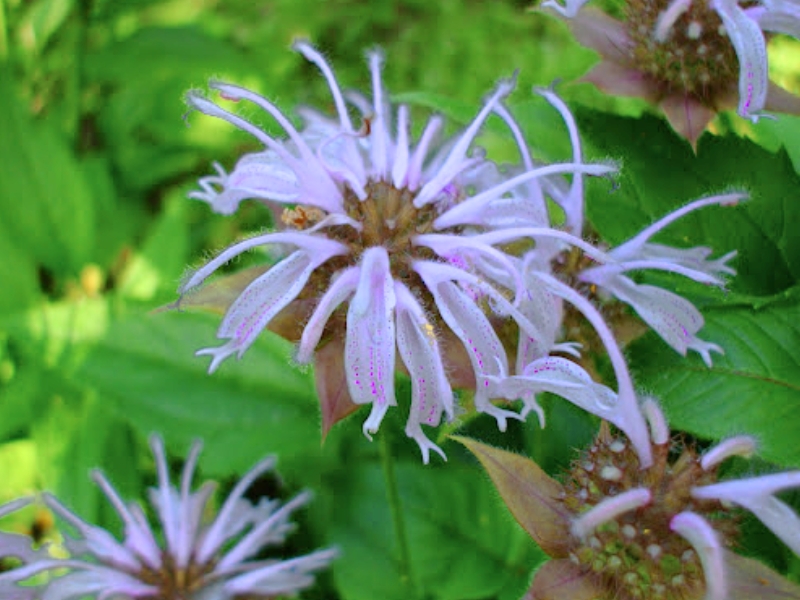
II. How to Grow and Care
Sunlight
Eastern Beebalm, are long-day plants that prefer sufficient sunlight. It is advisable to plant them in a sunny spot. They can also grow in a partially shaded environment. For growth, eastern Beebalm require sufficient sunlight. They will bloom more if they receive more than 14 hours of daylight per day. In midsummer, however, eastern Beebalm need proper shade. Adequate sunlight is conducive to the accumulation of organic matter in the plant. If there is insufficient light, the photosynthetic rate of the plant will decrease. Problems such as weak stems, yellow leaves, and reduced flowering can occur.
Temperature
Eastern Beebalm are native to North America, prefer warm and cool environments, and can adapt well. Eastern Beebalm are cold-resistant and can withstand a minimum temperature of -28 ℃. Therefore eastern Beebalm generally do not suffer from poor health due to low temperatures. During the winter in colder regions, the above-ground parts may wither but will regrow in the following spring.
Eastern Beebalm don’t thrive well in drought and prefer moist soil. It is advisable to provide sufficient water during the growth period to keep the soil moist. Attention should be paid to avoid standing water.
Watering
Thriving in its native habitat’s moist conditions, eastern Beebalm has adapted to require consistent hydration. This species exhibits a preference for evenly moist soil and demonstrates moderate drought tolerance. For optimal growth, it benefits from watering every week. As an herbaceous perennial commonly grown outdoors, eastern Beebalm’s water needs are closely tied to its flowering cycle, with increased demands during blooming periods to support its vibrant display.
Soil
Eastern Beebalm can adapt to a variety of soils. The most suitable soil is slightly acid or neutral organic loam with good ventilation, permeability, and water retention. It is advisable to add sufficient nitrogen to the soil to promote the growth of stems and leaves. Additionally, adding sufficient phosphorus and potassium can promote blooming. Low-salt and loose humus soil (containing 15% to 30% clay and 0% to 20% sand and gravel) can be used as cultivated soil. When grown in a pot, eastern Beebalm need to be re-potted once a year and provided with an appropriate amount of base fertilizer.
Fertilizing
To optimize eastern Beebalm’s health and bloom, apply a balanced nutrition fertilizer in early spring, followed by a high-phosphorus formula pre-flowering. Fertilize every 4-6 weeks, using the manufacturer’s recommended dose. Fertilization promotes vigor and bloom abundance. Seasonally, cease fertilization in late summer to prepare eastern Beebalm for dormancy. Use granular or liquid fertilizers, but avoid over-fertilizing to prevent foliage burn and environmental harm.
Pruning
Eastern Beebalm need to be pruned in spring and have the buds pinched out at the seedling stage. This tip can help to control their height and promote branching. To adjust the height of eastern Beebalm, pruning once in late spring or early summer is also advised. This is conducive to forming eastern Beebalm with a good shape as well as promoting leaf growth and blooming.
After blooming, residual flowers will remain on the branches – these can be cut off. This reduces unnecessary nutrient consumption and is beneficial to later blooming. Branches affected by pests or diseases or that have died should be cut off immediately. In the winter, eastern Beebalm are dormant so less pruning is required. Just remove any dead branches or leaves.
Propagation
Eastern Beebalm flourishes when propagated through stem cuttings, which should ideally include several leaf nodes. To facilitate growth, the cutting should be planted in a well-draining, moistened soil mix. Treating the cut end with a rooting hormone can promote root development. A warm, humid environment supports the rooting process, and once rooted, the plant can be transferred to a more permanent location with partial to full sunlight and adequate space to accommodate mature spread.
Transplanting
The best time to transplant eastern Beebalm is during the cooler S1-S2, or ‘relaxing seasons,’ when the plant has ceased flowering. Choose a sunny location with good drainage for maximum success. Remember to water eastern Beebalm adequately after transplanting. This simple approach ensures a thriving eastern Beebalm!
III. Harvesting and Storage
Pruning and harvesting can be performed at the same time. Leaves of eastern Beebalm can be picked for making tea or cakes in any season. For the best flavor, it is recommended to make tea using young leaves from the top of the plant. Picking these leaves will prevent eastern Beebalm from growing too high and will also promote the growth of side shoots.
Find Where to Buy the Best Eastern Beebalm (Monarda bradburiana)


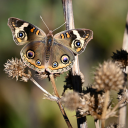
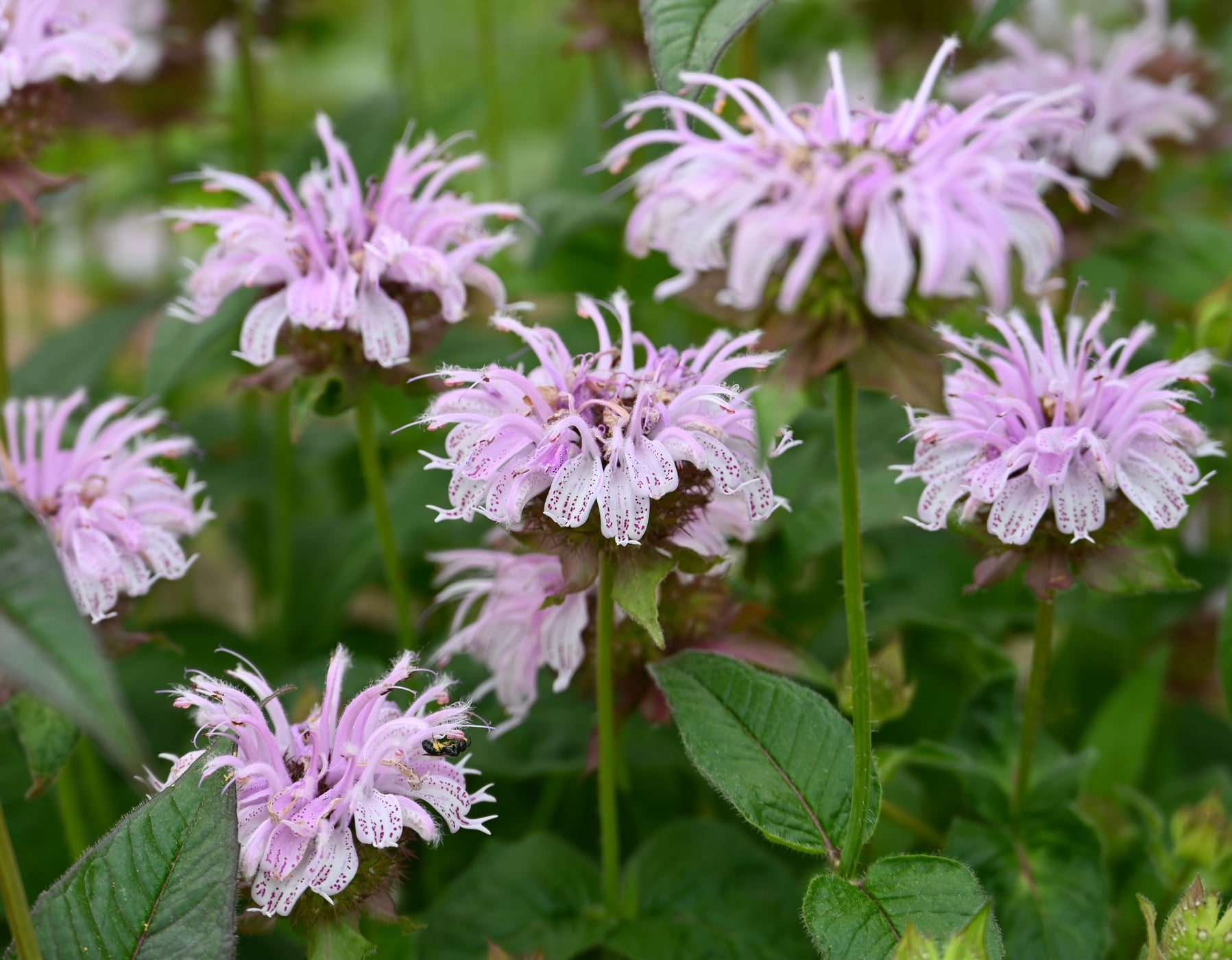



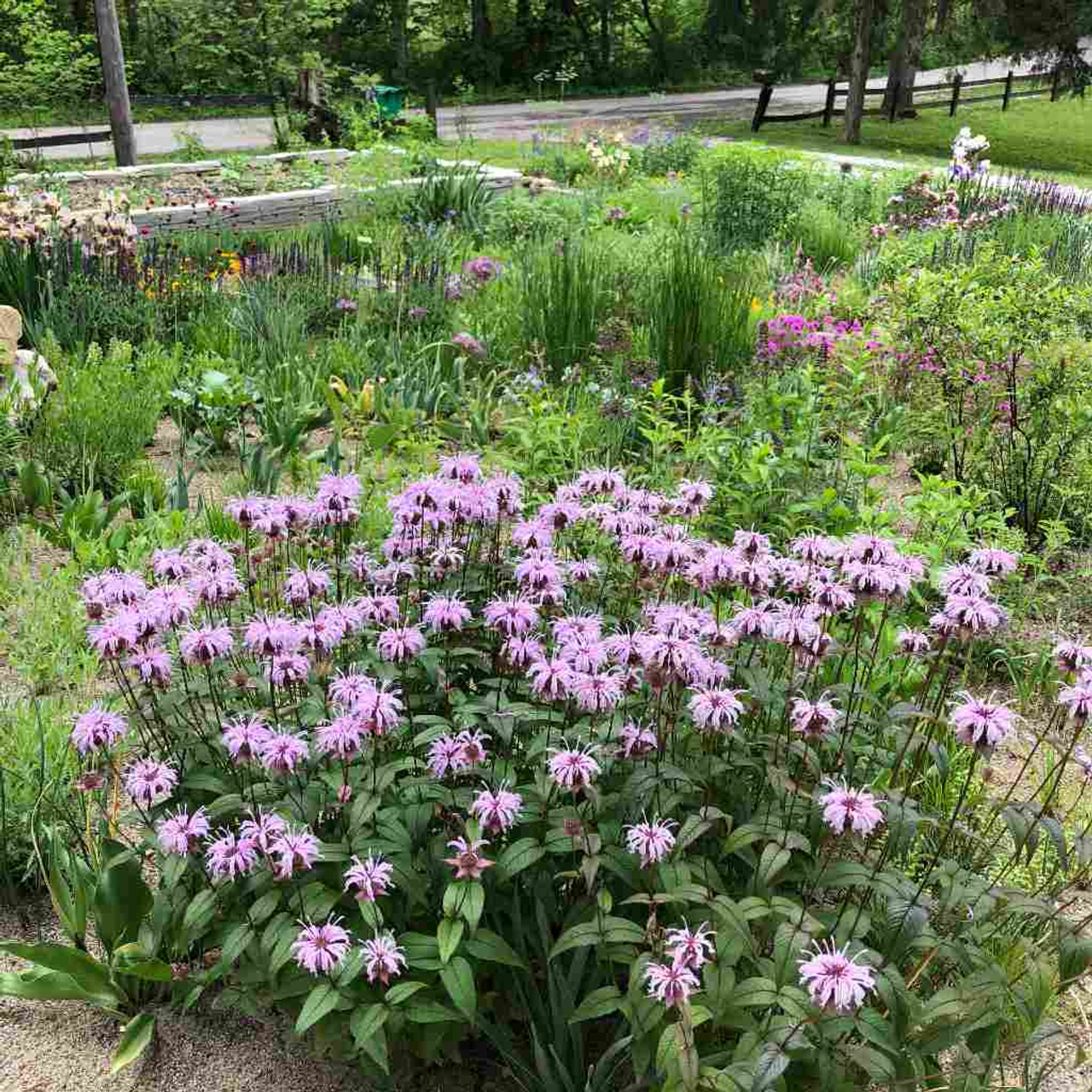
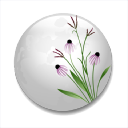
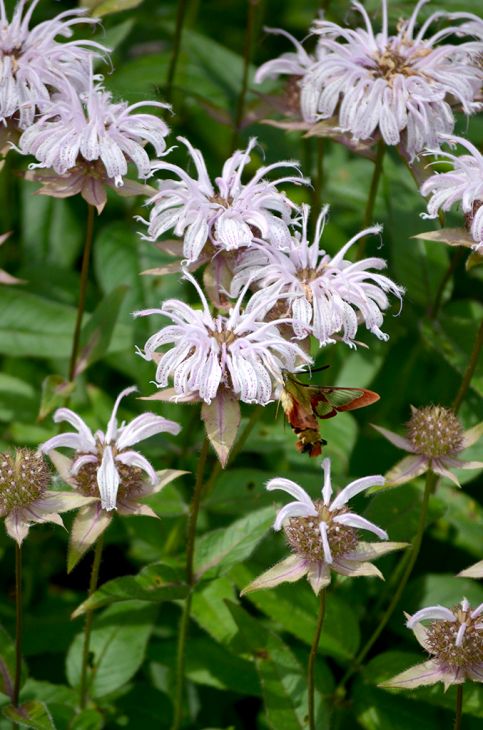
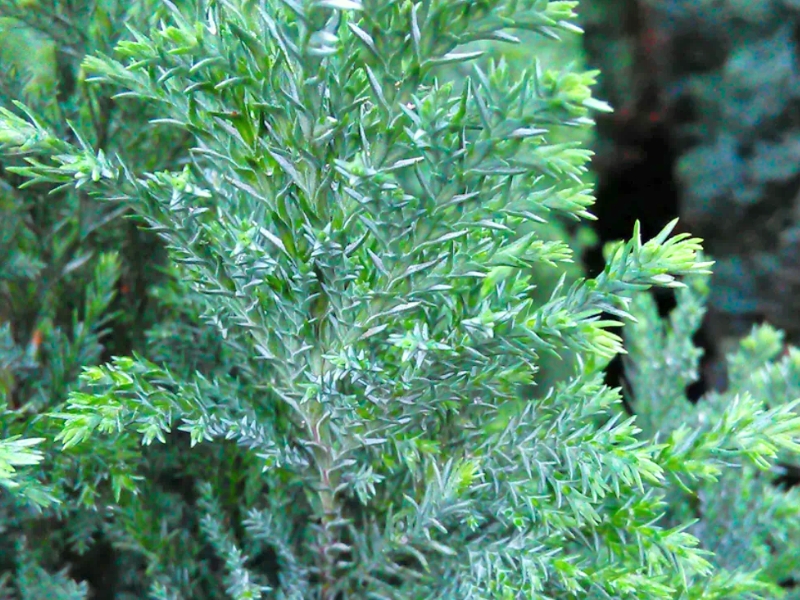

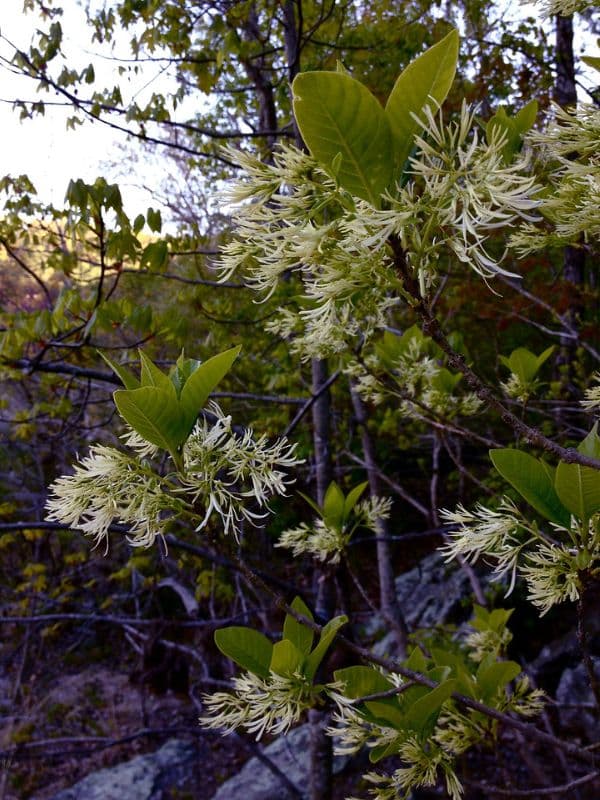
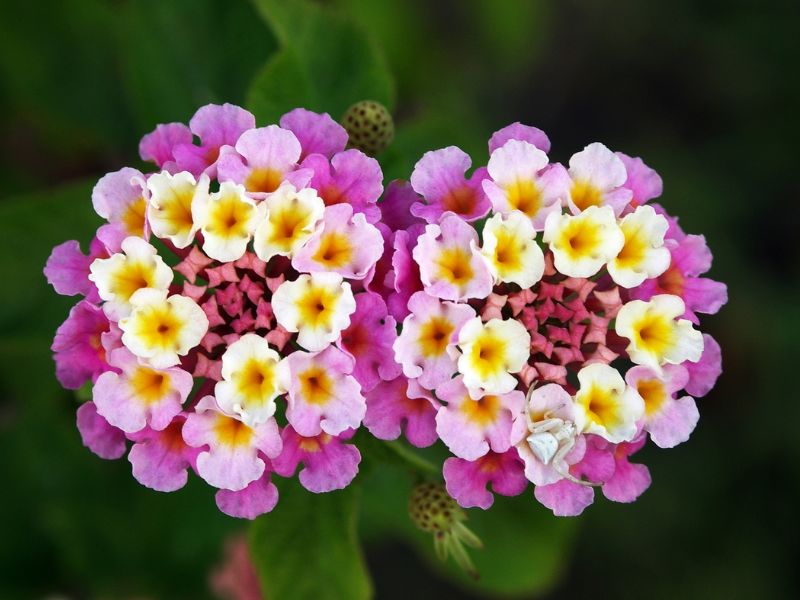
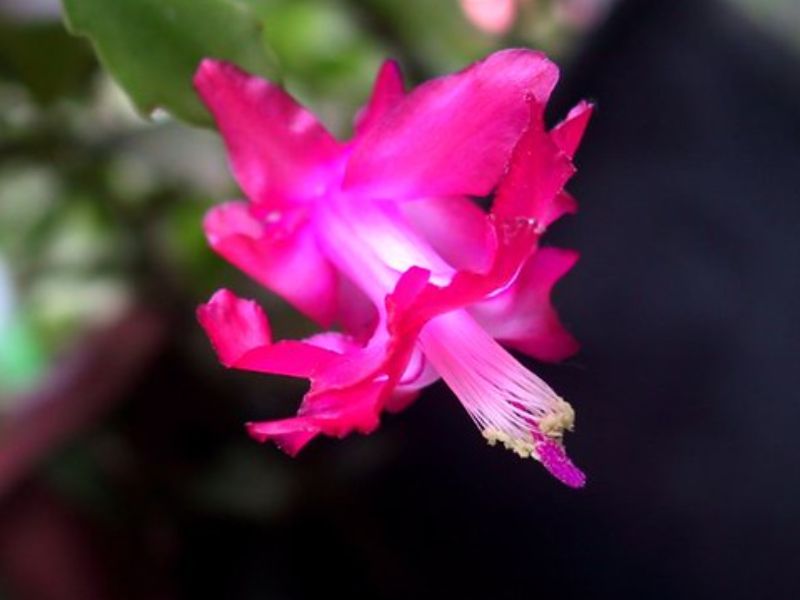
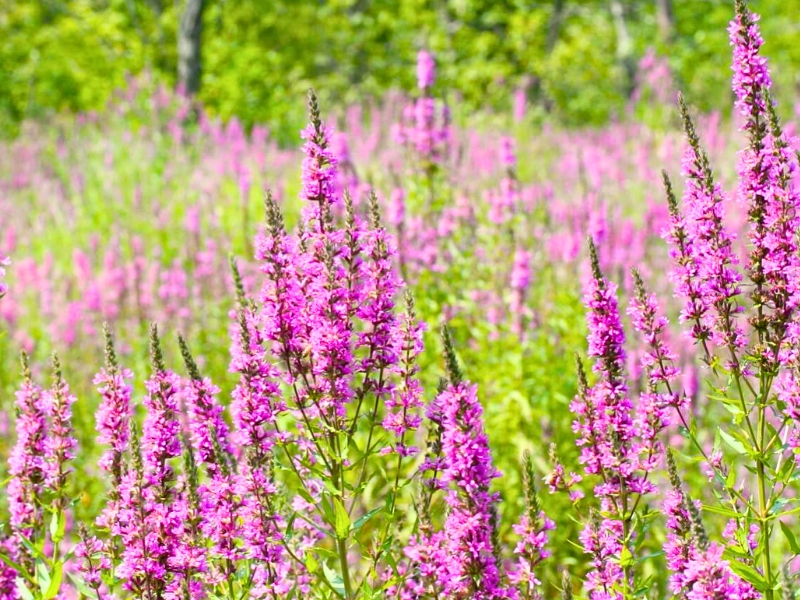
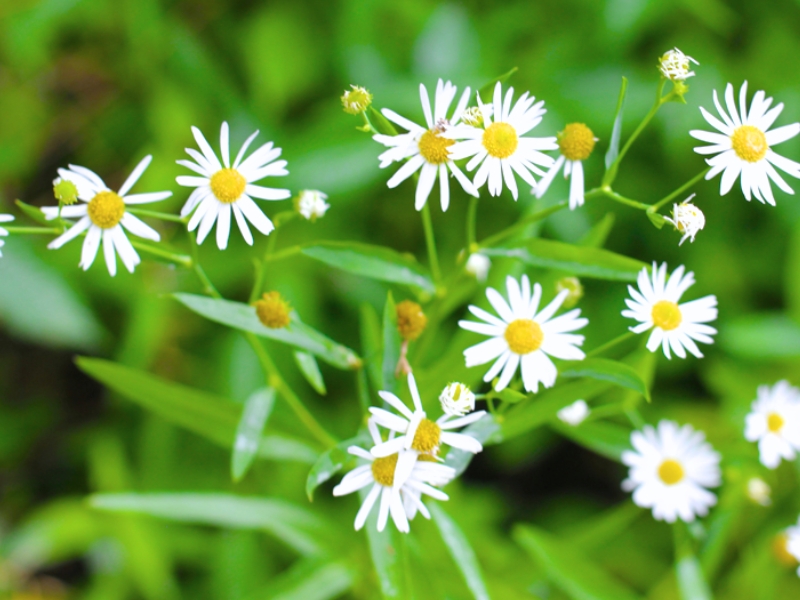
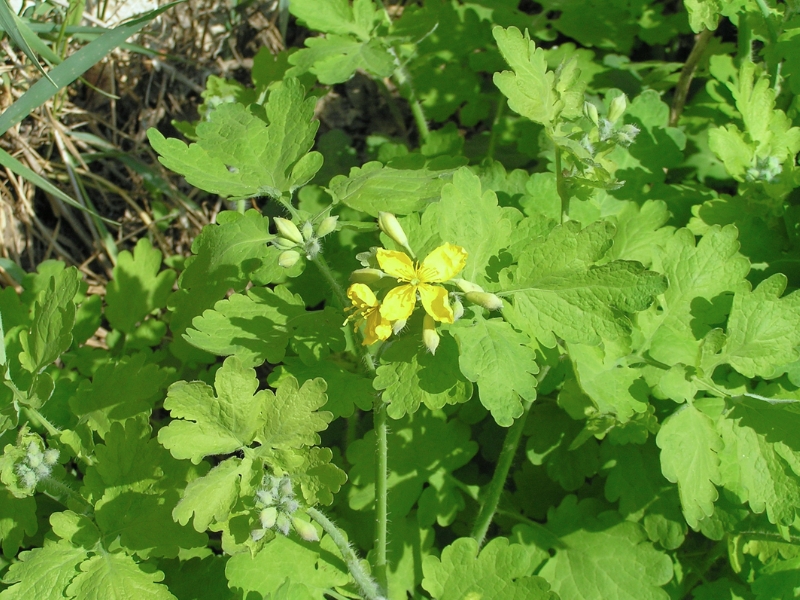
Leave a Reply